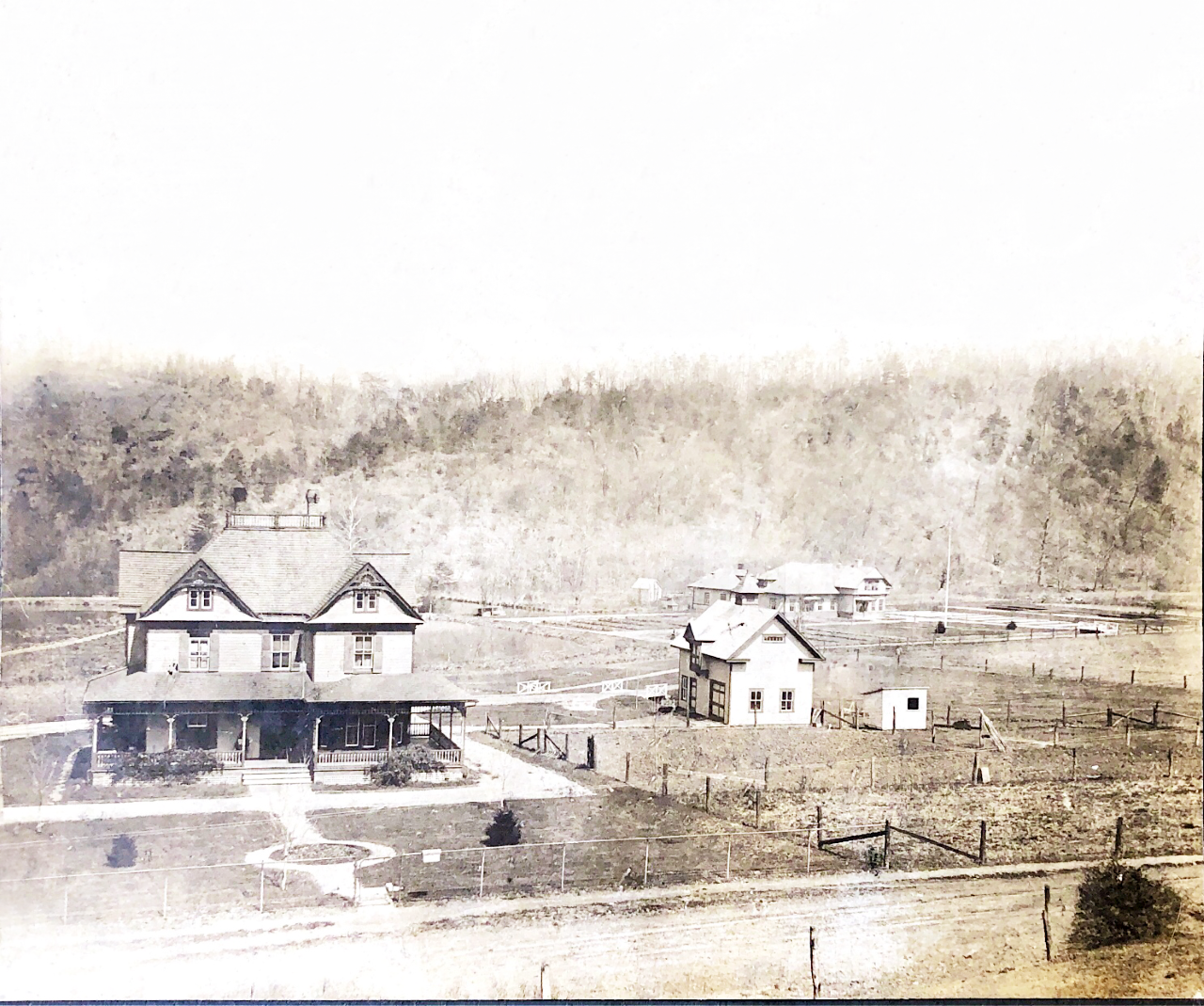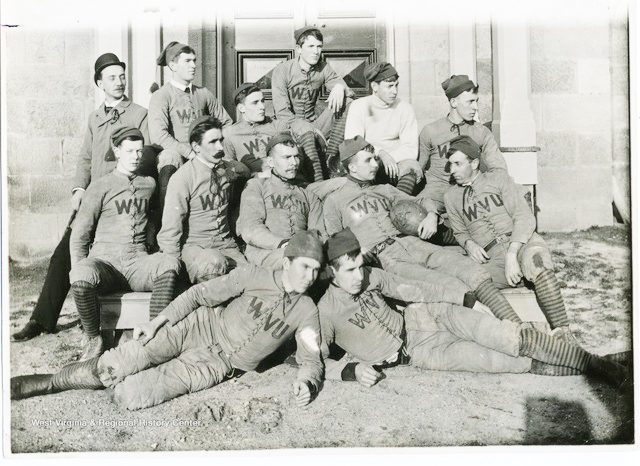
By Michelle Myers
It’s a cold wintry morning in late January, and project leader Craig Bockholt is conducting a whirlwind tour of the White Sulphur Springs National Fish Hatchery. We pass long concrete tanks teeming with trout that race down to us en masse hoping for a feed. Unfortunately, we can’t see the crayfish which are currently spawning and require complete peace and quiet to get the job done. Eventually though we reach the facility’s break room for a chat.
Conservation may seem like a very modern concept, but in the aquatic world at least, it has a long and storied history. In fact, concern about dwindling fish stocks in the United States dates all the way back to the post Civil War Reconstruction period when observers noticed that mass emigration to the West coincided with a steep decline in fish numbers.
In response, President Ulysses S. Grant established the U.S. Fish and Fisheries Commission (later the U.S. Fish and Wildlife Service) in 1871 and the first federal fish hatchery appeared in California in 1872. Thirty years later White Sulphur Springs was selected from among many other candidates as the ideal location for West Virginia’s own federal hatchery.
Why White Sulphur Springs? A 1902 report from Fish and Fisheries details the happy confluence of geography and infrastructure that clinched the choice, including a spring flowing 1,800 gallons a minute and several small runs that would augment the water supply by 5,000 gallons a minute. Flat terrain for building construction surrounded the spot and the Chesapeake & Ohio railroad facilities were already in place. Bockholt adds that Native Americans had wintered in this sweet spot for generations, so they clearly knew a thing or two about the rich resources in the vicinity.
Construction on hatchery buildings was virtually complete by the end of 1902. The architecture could best be described as comfortably domestic rather than the later industrial-style used to replace the older structures. The hatchery manager’s home still survives.
The initial mission was to propagate brook trout. That program expanded to include the rearing of largemouth bass (discontinued in 1959) and bluegill as broodstock. In 1976, the hatchery joined the National Broodstock Association and became a trout broodstock operation. It is one of only three certified hatcheries raising two distinct strains of rainbow trout. Those breed fish spawn twice a year and the eggs are then shipped nationwide including to reservations in New Mexico and Arizona, says Bockholt. After spawning the state takes the broodstock for its own use in stocking rivers and streams.
Since then the hatchery has branched out in a number of directions. The development of a program to propagate native freshwater mussels started in 1995 in response to an ecological disaster that struck the Ohio River species. Next came crayfish in 2015. Then another disaster struck.
The catastrophic flood of 2016 wiped out the 15,000 adult and 30,000 juvenile rainbow trout at the facility. The mussels and the crayfish fared a little better, but overall the bulk of the hatcheries operations had to be reconstructed.
Nothing daunted though, the facility branched out into protection of the endangered candy darter fish in 2017. The brilliantly colored candy darters are native to the Gauley, New, and Greenbrier River watersheds in West Virginia and Virginia and play an important role in food chains and river ecosystems. Last fall saw the successful release of all the hatchery propagated juvenile candy darters into a carefully selected stream.
But it’s not just serious scientific work. The facility also operates as an educational and recreational resource for the public, hosting tours as well as the Annual Fishing Derby and the Freshwater Folk Festival. “But that’s not all,” says Bockholt, whose vision for the hatchery goes way beyond the fish tanks. “We want to branch out into bats and chimney swifts and pollinator gardens. We want to encourage people to walk the trails around the hatchery. We want people to learn how an ecosystem works.”



